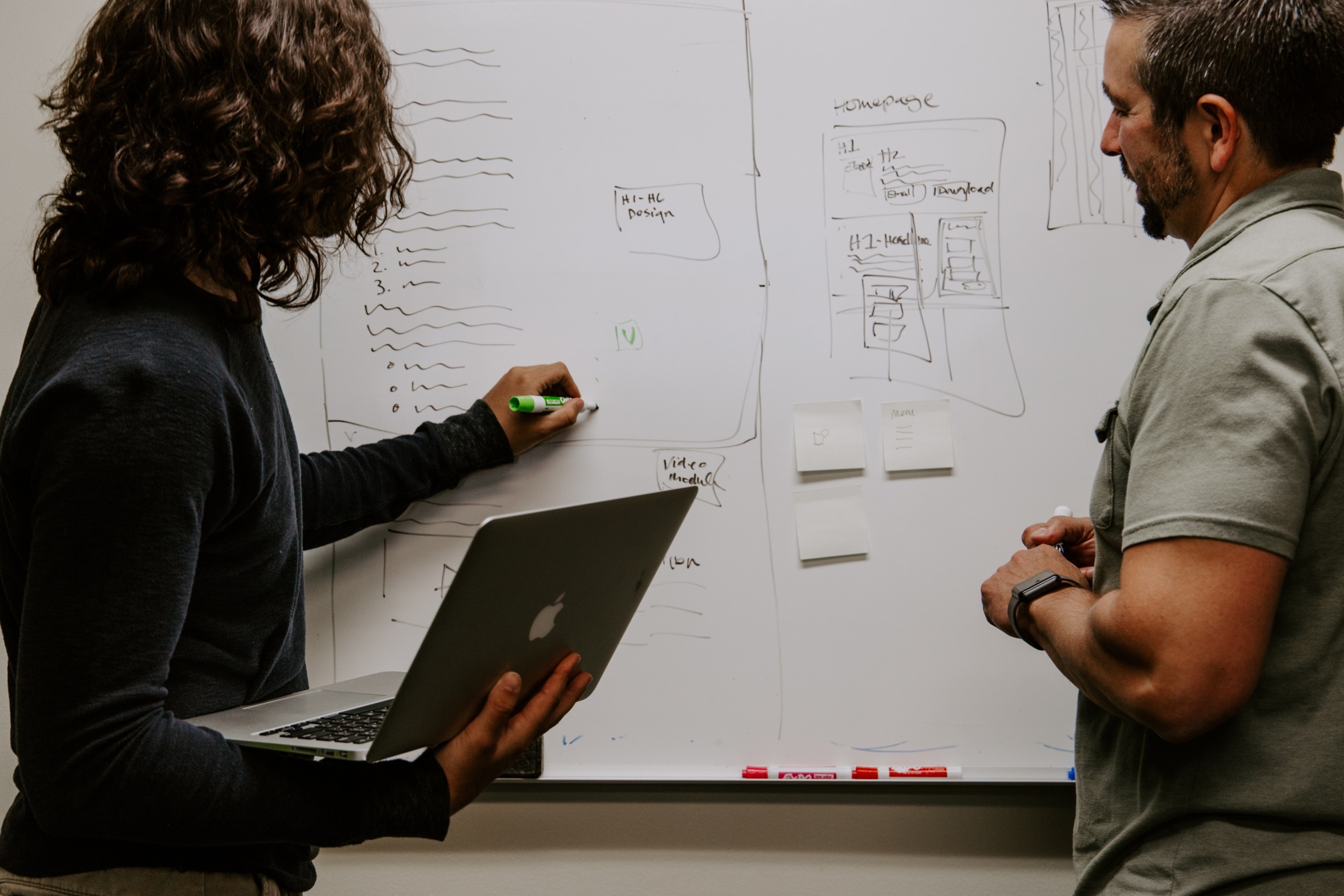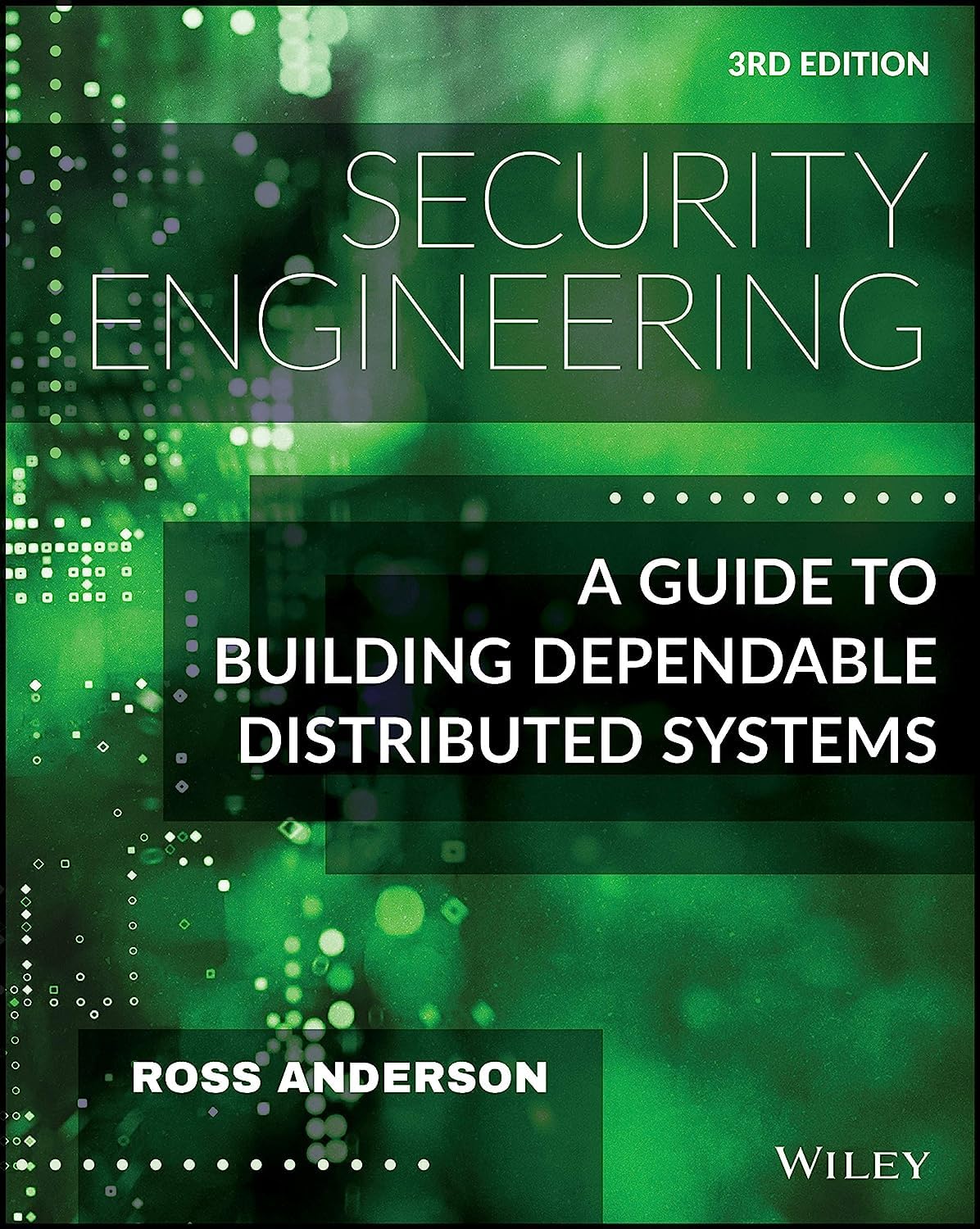Welcome!
We’re back once again with another packed edition of our Threat Modeling Insider!
This month’s edition features an article written by our very own Steven Wierckx, where he discusses using old-school security for modern threat modeling and why they are still very relevant today. Our curated content features a Telenor article on the security architecture build phase, and an article written by Google’s Cryptography team, focussing on Google’s threat model for post-quantum cryptography.
But that’s not all of course, let’s take a look at what else we have in store for this month’s edition:



